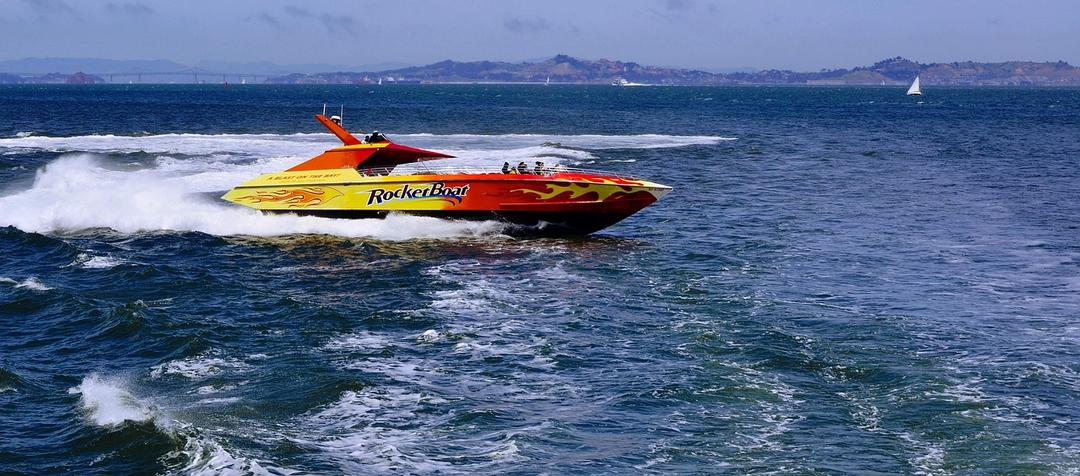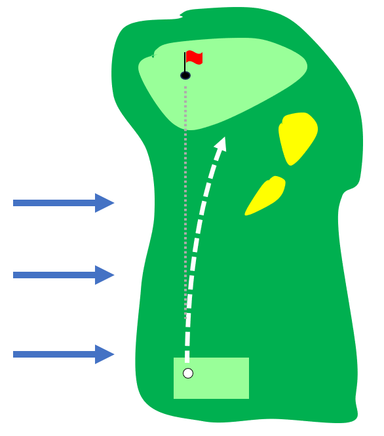Myths about teaching can hold you back
- Year 7
What forces do
I can describe what forces are and what forces do.
These resources were made for remote use during the pandemic, not classroom teaching.
Switch to our new teaching resources now - designed by teachers and leading subject experts, and tested in classrooms.
Lesson details
Key learning points
- The motion of faster objects is harder to stop.
- The motion of heavier objects is harder to stop.
- Objects with a greater mass need a greater force to start or stop it moving, and to change the direction of motion.
- A force is a push or a pull.
- A force is needed to change the motion or shape of an object.
Keywords
Force - Forces are the pushes and pulls that objects exert on each other.
Exert - We say that objects exert forces on other objects.
Speed - The speed of an object is how fast it is going.
Mass - The mass of an object can be thought of as the amount of material making up the object.
Common misconception
A moving object has force that keeps it moving, and which runs out when it comes to rest.
Forces come from other objects. Forces change the motion of objects. Objects slow when forces act opposite to the direction of motion.
To help you plan your year 7 science lesson on: What forces do, download all teaching resources for free and adapt to suit your pupils' needs...
To help you plan your year 7 science lesson on: What forces do, download all teaching resources for free and adapt to suit your pupils' needs.
The starter quiz will activate and check your pupils' prior knowledge, with versions available both with and without answers in PDF format.
We use learning cycles to break down learning into key concepts or ideas linked to the learning outcome. Each learning cycle features explanations with checks for understanding and practice tasks with feedback. All of this is found in our slide decks, ready for you to download and edit. The practice tasks are also available as printable worksheets and some lessons have additional materials with extra material you might need for teaching the lesson.
The assessment exit quiz will test your pupils' understanding of the key learning points.
Our video is a tool for planning, showing how other teachers might teach the lesson, offering helpful tips, modelled explanations and inspiration for your own delivery in the classroom. Plus, you can set it as homework or revision for pupils and keep their learning on track by sharing an online pupil version of this lesson.
Explore more key stage 3 science lessons from the Forces unit, dive into the full secondary science curriculum, or learn more about lesson planning.

Equipment
Licence
Prior knowledge starter quiz
6 Questions
Q1.When one object pushes or pulls on another object, what do we call the push or pull?
Q2.A force is always a or a pull.
Q3.If they were thrown at the same speed, would a tennis ball (60 g) or a cricket ball (160 g) be harder to stop?
Q4.Which one of these is a force?
Q5.Forces make things change. Which of the following statements are true?
Q6.Which of the following forces act on the moving speedboat? The speedboat is driving forwards.

Assessment exit quiz
6 Questions
Q1.The speed of an object can only be changed if a acts.
Q2.Which answer gives the best summary of what friction does?
Q3.Which is the best definition of what a force is?
Q4.Which would need the greatest force to stop it?
Q5.Which is the best way of describing the force represented by the arrow?

Q6.The path of a golf ball is shown. It was struck with a golf club but then blown off course by the wind. Sophia suggests using a heavier golf ball would help. Identify the false statement.



